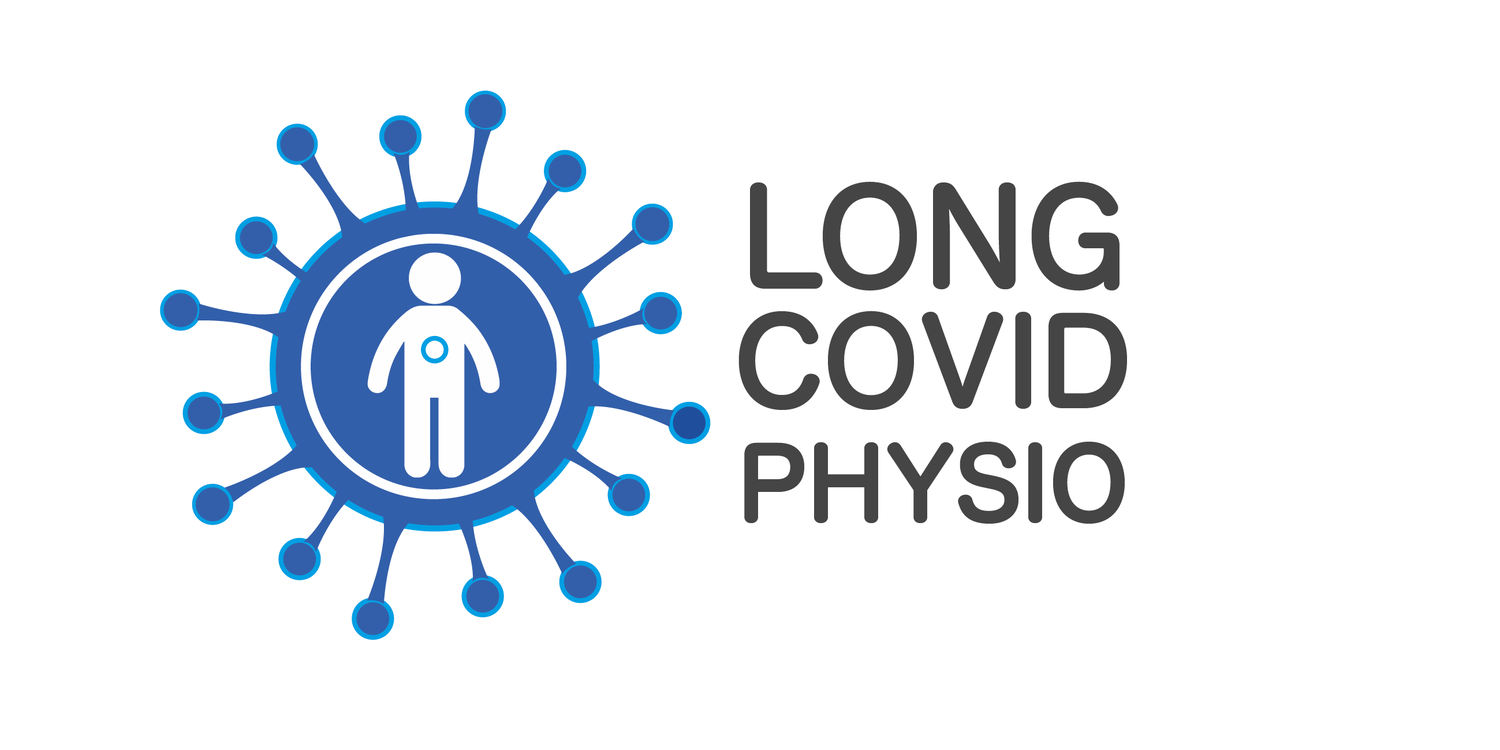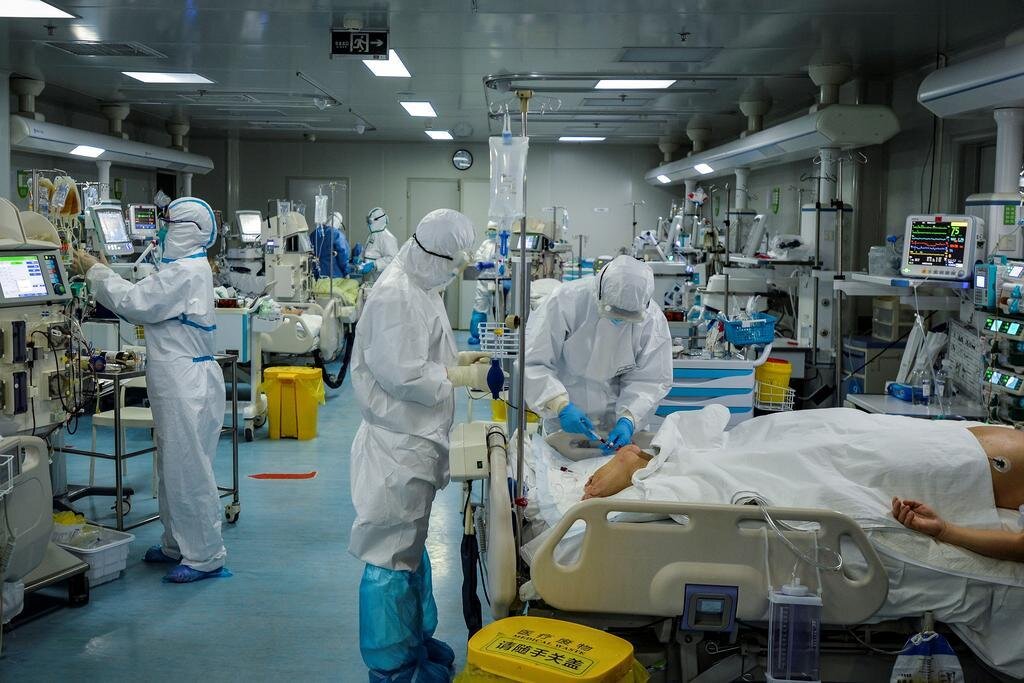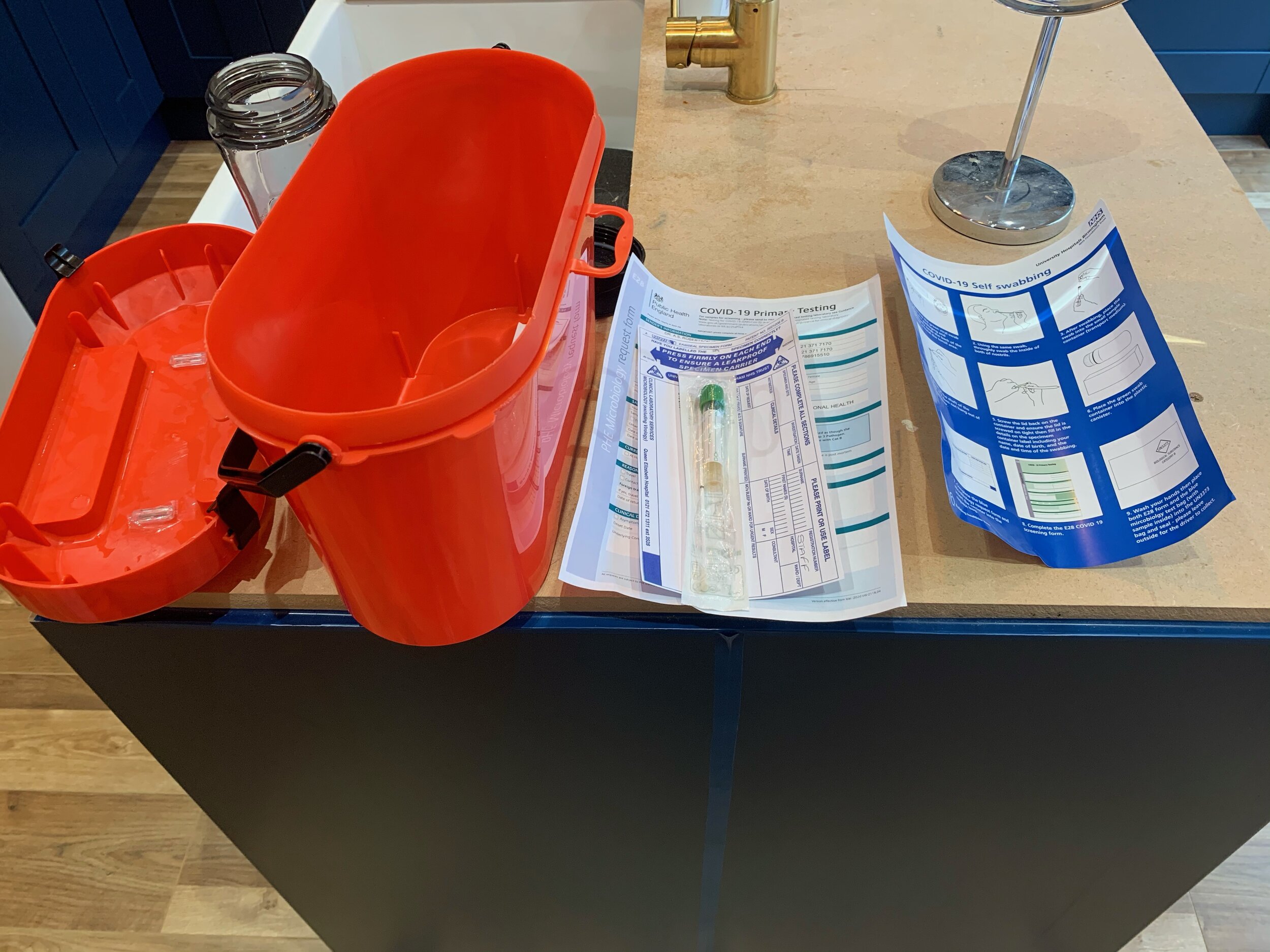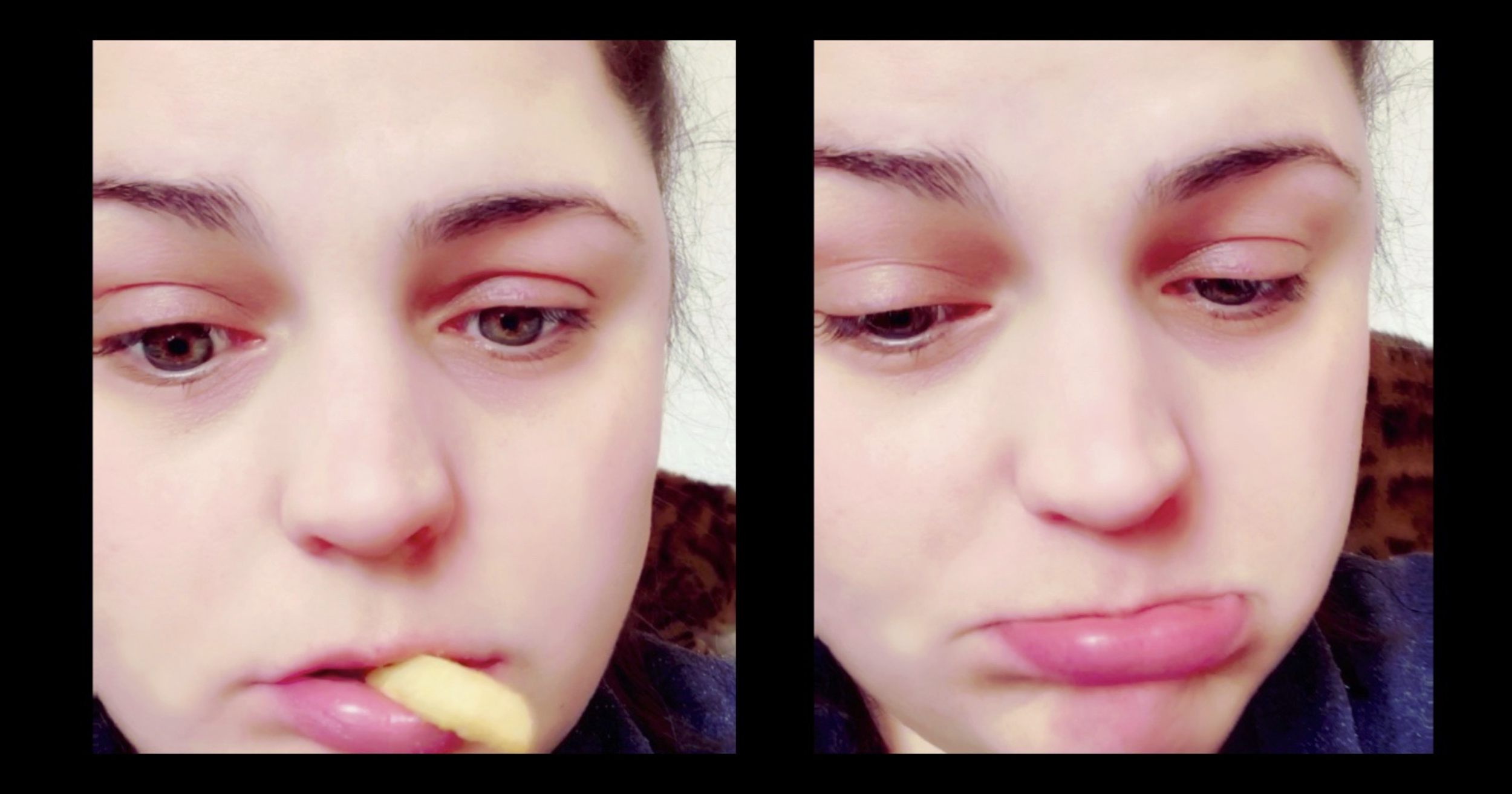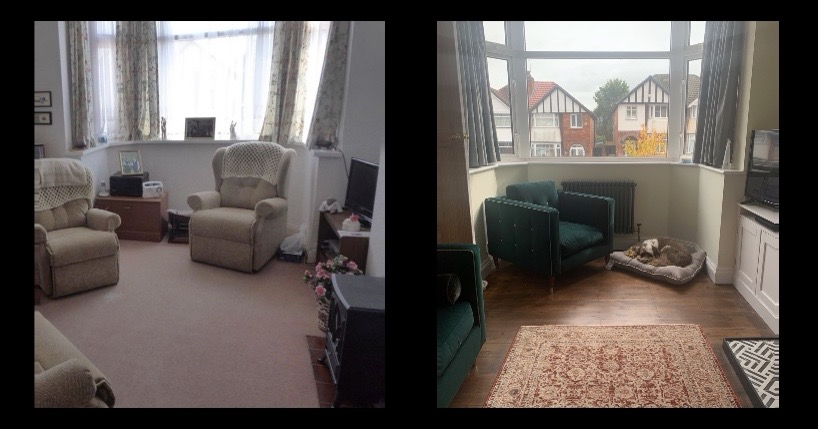Two steps forward, one step Back
I don’t think anything can prepare you for a global pandemic. I initially became a Physiotherapist because I wanted to help people. I wanted to rehabilitate people back to the life they had before they became ill or gained an injury. When I was a teenager and in my early twenties, I was a patient myself, being able to see things from “the other side” has had a huge impact on my career and clinical practice.
When I first heard about the mysterious pneumonia that was cursing China’s hospitals, I never for one second thought it would be in the UK. A part of me was quietly confident that the Chinese government would “nip it in the bud” and it would fizzle out. It never even crossed my mind that this virus would have such an impact on my life.
New Year’s Eve 2019 was spent with my partner and my dog at my brother and sister in laws house. It was the first year that me and my partner didn’t go out to the Gay village in town – a new years tradition. Homemade cocktails and YouTube music quizzes before the. London fireworks bought in the new year. Kisses at midnight - “this year is going to be our year”.
2020 was the worst year I have ever known.
I started a new job role as a Senior Rotational MSK Physiotherapist in early March working at a hospital I’d always dreamed of working at. Interesting time to start a new job – the beginning of a pandemic.
I hadn’t worked on a ward for almost two years, so going back into an inpatient role was already daunting. I’d refreshed my inpatient care and assessments and revised orthopaedic protocols – but I don’t think anything could have prepared me for what was to come. The tiny tertiary care hospital that I was now a part of had taken on a new challenge in lockdown. In order to free up beds in the bigger acute hospitals all planned surgeries were cancelled and before soon trauma patients were filling the wards. The inpatient therapies work force was divided into two teams, and the daily shift patterns for everyone was changed completely.
We were also so naïve back in March. Attending infection control training, learning how to “don and doff” our PPE, maintaining two meters apart, the anticipation of when the first “COVID-19” patient would come onto the ward. We all thought we were prepared and ready to handle this pandemic. We never anticipated what was to come.
After one month in (maybe sooner) our hospital had its very own Red Zone with COVID-19 positive patients. I’d never been to this area of the hospital before, so when it came to my first shift, it was like walking into a rabbit warren! There was a “donning” area (in the staff break room where scrubs and FFP3 face masks were available for those that had been FIT tested) and a number of “doffing” area’s (ward bay toilets with showers and wash bags for us to leave our scrubs after changing). On the ward there was a room where all the visors were kept and where we would put on/remove our gloves and plastic gowns and wash our hands between patients. It was very well organised in hindsight.
I caught COVID at the end of April. I’m not sure where, but the statistics show that healthcare professionals who are patient facing are three times more likely to catch COVID-19. Both myself and my partner are patient facing healthcare professionals. It was inevitable that one of us was going to catch it – or both of us!
My Experience of acute COVID - 19
Since the outbreak has started, we are learning more and more about how this horrible virus can manifest itself. There are so many symptoms and in a lot of cases no symptoms at all. Unfortunately, I was quite poorly.
A part of my role as working as an inpatient physiotherapist is to help people to be able to get in and out of bed and get back on their feet as a part of their first stages of rehab. The patients that I was seeing at this time were not typical to the trust. A lot of them were admitted to hospital from nursing or care homes after having falls resulting in a fracture, more often, a fractured neck of femur. They also had multiple co-morbidities such as diabetes, COPD or dementia – meaning that sometimes interacting with these patients presented with its own set of challenges (confusion, disorientation, fear, communication barriers etc).
I first felt ill when I was at work. I was working on the COVID-19 ward at the time with my colleague, seeing patients and helping them to recover after surgery. Many of the patients on the COVID-19 ward also had multiple co-morbidities including dementia and COPD, making the workload “heavy” and physically demanding.
On the 27th April I woke up and felt fine, maybe a little bit tired but assumed that was because I hadn’t slept well and was just generally tired from my change in shift pattern. After a couple of hours at work on the ward I suddenly started to get the most immense headache I had ever had! It felt like my head was going to explode! I dug into my rucksack and pulled out some paracetamol. Drank it down with water and carried on working until lunch.
I sat down in the staff office after “doffing” and showering, ready to write up my treatment notes for the morning. Suddenly I felt as though the floor was moving, or as if I was floating. Everything started to move in slow motion. I was talking slower, and I was very, very disorientated. My line manager was in the office with me at the time and was talking to my colleagues about staff COVID-19 tests that had just been launched in my trust.
“I think I need to get one”
My line manager turned to look at me – “What?!”
“I’m serious. I feel awful. I think I need a test.”
Within minutes I was on the phone to 111 (our non-emergency medical helpline in the UK). I explained my symptoms to them on the phone and they advised I should go home and request a staff COVID-19 test from my trust. I put the phone down and went to find my line manager. She was already deep cleaning the staff room and cloakroom area where my bag had been kept. I explained what 111 had said and she agreed to have a test sent out to me.
The following day my test arrived – a man dropped it off at my front door in a red specimen box. I took the test inside and stood in the kitchen reading the instructions of how to complete the test. Once the test was complete I put it back in the box and put it out on the door step – the man was sat in his car and waved at me before I went back inside. It was now just a case of waiting for the results.
As the days went on, my symptoms worsened. It all merges into a bit of a blur now, thinking back, but I can remember some of the experience. After a day at home, my sense of smell and taste went. I remember eating French fries and thinking they taste like cardboard.
The fatigue I had was crippling! I could barely get out of bed at my worst and standing still for a few minutes became too much. I had bowel symptoms, like many describe. Diarrhoea. Constipation. My kidneys ached, so I started taking flasks of water to bed with me to sip throughout the day. Soon enough I developed a dry cough and shortness of breath.
Forming sentences and holding conversations became problematic. I used to lay in bed counting my respiratory rate and then googling if it was too fast or too slow, then tell myself I was exaggerating.
After 3 days at home, I received a call from my occupational health team,
“Hello Hannah, I’m calling from occupational health. I understand you had a COVID-19 test a couple of days ago. I’m sorry to say, it was positive. You do have COVID-19. It is advised that you stay home and isolate for the next 14 days.”
I knew it was coming. The symptoms I had were nothing like what I had experienced before.
I don’t think I really acknowledged what was happening to my body back then. The idea of having a virus that nobody knew anything about, never really sunk in. I don’t think it has even now, not fully.
Perhaps if I knew then what I know now, I would’ve called for an ambulance and attended A&E – but back then, the only people that went to A&E were the ones who were likely to die (in my mind anyway). I wasn’t going to die. Was I?
After two weeks at home, I started to feel a little better. My energy returned and I could start doing things around the home. I still had difficulty breathing, especially when doing simple tasks such as walking and talking with my partner.
The thought of being at home while the pandemic was hitting its first spike in the UK left me feeling incredibly guilty. Every evening I would stand on the doorstep - clapping for carers. My eyes would fill with tears every night I saw my neighbours on the door step clapping. I felt incredibly proud of my colleagues working away - trying to get this pandemic under control. I felt incredibly proud to be working for the NHS.
After spending 3 weeks at home, I decided enough was enough. I felt able to do things at home, I needed to get back to work and support my colleagues. I called my line manager and told her I was feeling better and wanted to come back. We agreed a small phased return initially to ease me back into things.
I found it hard to begin with. Emotionally, it was difficult working. Physically, I couldn’t catch my breath at times. I recall a time when I was helping a patient to stand with my colleagues. It was a particularly hot day at the start of summer. I couldn’t catch my breath behind my blue face mask and I suddenly began to feel dizzy. I went to sit down in the staff area and agreed with my colleagues that perhaps I should stick with patients who were a little father along in their rehab process.
Thank Goodness for Summer!
We had one of the hottest summers on record this year. Everyone that was furloughed at home from work, had garden tans. BBQs were being lit up everywhere and England felt more like Spain!
By July, the caseload on the wards had started to reduce, and the number of hospital admissions reduced. We had made it through the worse of things and hope was being restored nationally. Lockdown had already began to be slowly lifted, and people were starting to go back to work in the community. Some people even went on holiday in accordance with the travel corridors that were put in place by the government.
I was redeployed to physiotherapy Outpatients, to help reduce their waiting list which had built up during the height of the first lock down. Back into my comfort zone as a clinician, only the way we worked had to be adapted.
Most of our appointments now were being ran virtually. This involved either telephone appointments or video call appointments. We still ran some face-to-face appointments too, but only for patients that were of a low risk for catching COVID and that really needed to come into clinic for their rehabilitation.
The summer bought some much-needed respite from the reality of COVID and the reality of living during a Pandemic. Staycations were in for most of us, and I went on holiday in the UK for the first time ever!
The Government released an Eat Out to Help Out campaign - encouraging people to eat out at a discounted rate in an attempt to rebuild the plummeting economy as a result of lock down.
I continued as normal, in the knowledge that my symptoms were slowly improving. Walking 10,000+ steps a day, working full time hours. Spending time with my partner and our small family of fur babies (2 cats, 1 dog, 2 rabbits) and slowly renovating a house.
At the end of summer we embarked on renovating our living room. It was a big project. Excavating the fire place, re-plastering walls, painting etc. It wasn’t until after a week of painting walls and ceilings, floor sanding and staining that I had my first big crash or flare up of symptoms. They hit me like waves. Dizziness, headaches, that floating feeling, fatigue, breathlessness.
“I think I have Covid again - all of my symptoms are the same! I want to go get tested.”
That’s when my journey with Long COVID began.
I am now coming up to 300 days post diagnosis of COVID-19
I have spent 8 weeks away from work since my recent flare up and am now back on a phased return. Daily I answer questions my colleagues have about my progress.
“Two steps forward, one step back” is my new slogan of choice.
